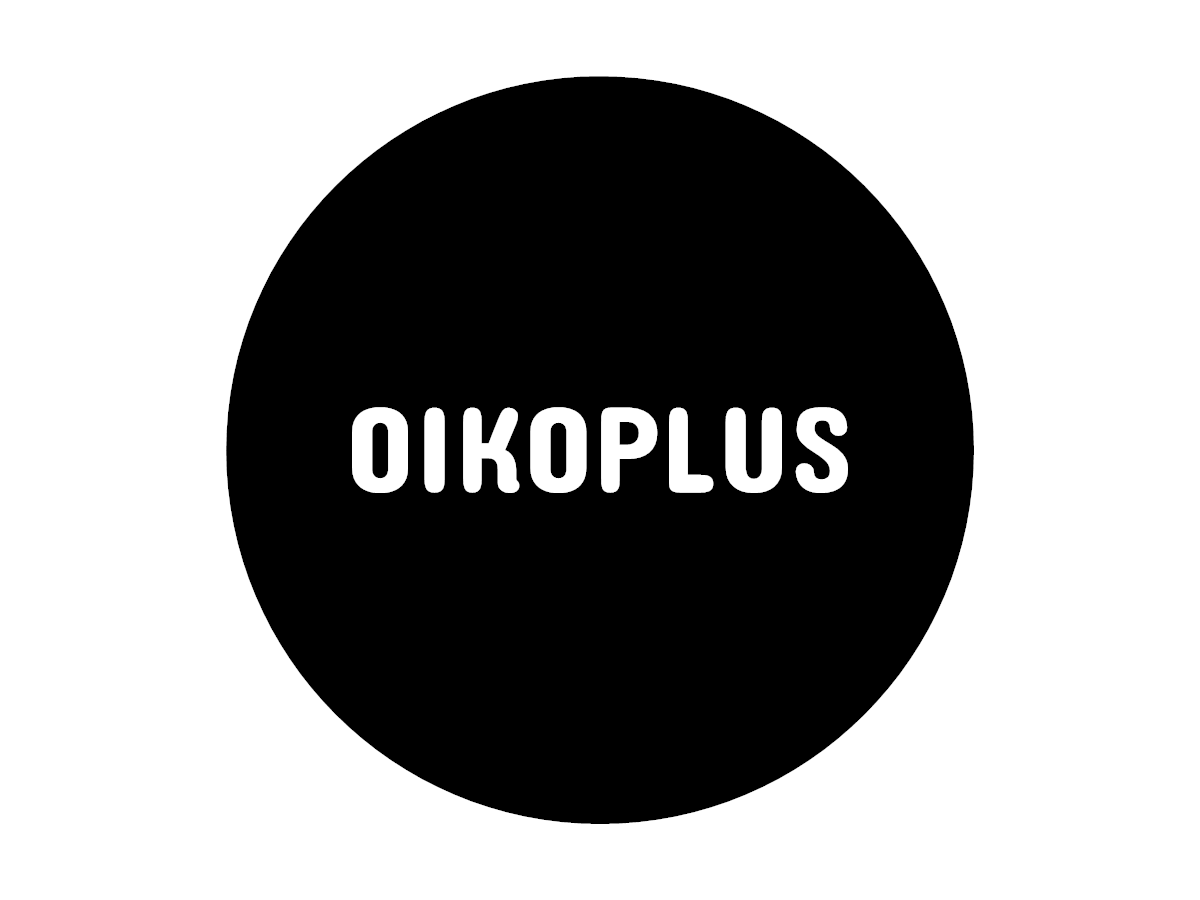Just before the end of the year the publishing rush is back. While large parts of the western world oscillate between a consumer frenzy and a production stop lasting several weeks, thousands of young academics start writing, revising or editing an article. What counts is turning research into an argument, the argument into a script and the script into an article. Or two! The pressure to publish has put many scientists has increased. A study cited in the Katapult magazine and a personal experience published in the Spektrum magazine show how this happens (both texts in German).
Those affected voice their annoyance and displeasure. One of the more recent examples comes from David A. M. Peterson. In his revenge (unfortunately hidden behind a paywall) against common publishing practices, he titles: “Dear Reviewer 2: Go F’ Yourself“. Black humour from the researchers’ WhatsApp group. However, the discontent is also accompanied by creative ideas. Nicola von Lutterotti claims in the Frankfurter Allgemeine Zeitung that radical open publication would create transparency and improve the quality of the work, as a critical audience could ask questions while research is still in progress. Another approach presented in the Austrian daily derStandard last July was to evaluate researchers on the basis of the Hong Kong Principles (in English) so that they could maintain their integrity. A promising approach?
No matter where one looks, it becomes clear that research should result in more than overflowing publication lists. But can researchers be expected to do the additional work of communicating to a broad audience? Where to begin? Whereas a study by the German Centre for Research on Higher Education and Science presented in the magazine Forschung und Lehre reveals that about 30% of working time at German universities is spent on research (and publication), 30% on teaching and 40% on supervision, third-party funding acquisition and participation in administrative and organisational work at the institute and in committees, communication agencies such as Oikoplus are developing formats that enable scientists to reach out to society with as little effort as possible. Don’t worry! Not all scientists have to be the “champion” with an independent community described by Beatrice Lugger for the National Institute for Science Communication in 2017. One thing is certain, however: the chances of being appointed to a professorship increase with the level of awareness associated with the person. Science communication thus needs to shift from communicating only the results to communicating processes that include the authors leading to the results. The choice of medium could, in future, be designed more freely.
From our projects
At this point we give a monthly insight into the work of Oikoplus.
The Archeodanube project, in which Oikoplus is involved together with the association Sustainication e.V., is concerned with strategies for sustainable archaeology tourism (“Archeotourism”) in the Danube region. Here you can find the current project newsletter.
And in the SYNCITY project, we are working with a number of Belgian partners on participatory concepts for the development of the Cureghem district of Brussels. We report on the project in the Cureghem Tales.


